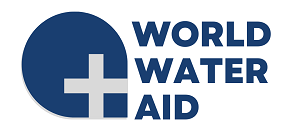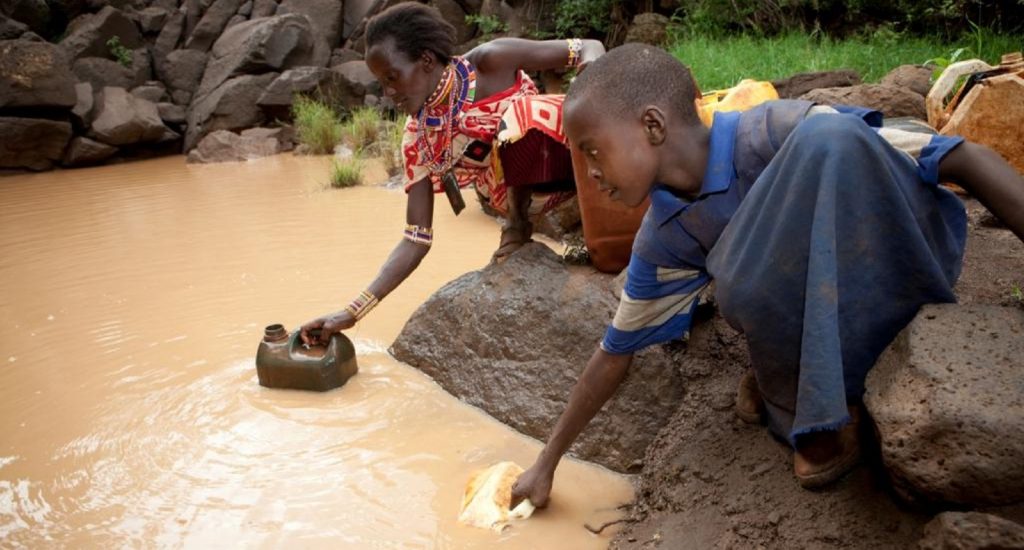Water-borne diseases are the primary driver of child mortality in the world’s least-developed regions. According to the WHO / UNICEF Joint Monitoring Program (JMP) report published in 2019, more than 2.1 billion people worldwide lack access to clean water, and at least 2 billion people use a drinking water source contaminated with feces. This means that almost one out of every three people on earth desperately need our help to access life-sustaining clean water.
Simple, economical filter technology now exists that can all but eliminate such waterborne death and disease from our planet, so the last remaining question is who will step up to help get it into the hands of those who so desperately need it.
- In developing countries, up to 80% of illnesses result from unsatisfactory water and sanitation conditions.
- 1 in 5 deaths of children under the age of 5 is due to a water-related disease.
- Water-related sicknesses prevent children from attending school.
- Without clean drinking water, there is no way for families to break out of the cycle of poverty.
The World Health Organization says that every year more than 3.4 million people die due to water-borne diseases, making it the leading cause of illness and death worldwide. Most of those deaths are young children, about 4,000 a day, the vast majority of whom die of diseases caused by organisms that thrive in water sources contaminated by raw sewage. These statistics reflect the reality that in rural areas worldwide, most of the population lacks access to clean drinking water. They rely on open water sources, which are easily polluted and lack sanitation and hygiene in such areas. Simple, economical filter technology now exists that can all but eliminate such waterborne death and disease from our planet, so the last remaining question is who will step up to help get it into the hands of those who so desperately need it?

